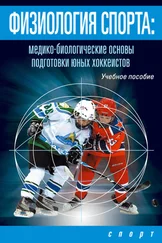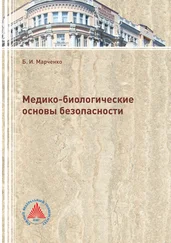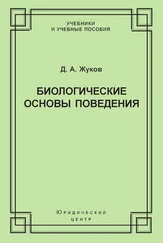64. Hoist E. (1936). Versuche zur Theorie der relativen Koordination. Pflug. Arch., 237
65. Kneutgen J. (1970). Eine Musikform und ihre biologische Function. Uber die Wirkungsweise der Wiegenlieder. Zeitschr. exp. angew. Psychologie, 17: 245-265.
66. Bolinger D. (1978). Intonation across languages. In: Greenberg J.H., Ferguson C.A., Maravcsik E.A. (eds.). Universals of human language, 2. Phonology. Stanford University Press, Stanford, pp. 471-524.
67. Sedlacek К., Sychra A. (1963). Die Melodie als Faktor des emotionellen Ausdrucks. Folia phoniatrica, 15: 89-98.
68. Eggebrecht R. (1983). Sprachmelodische und musikalische Forschungen im Kulturvergleich. Dissertation, University of Munich.
69. Schroder M. (1977). Untersuchungen zur Identifikation von Klageliedern aus verschiedenen Kulturen-Analyse der rhytmischen Struktur der Testlieder. Diplomarbeit Universitat Munchen.
70. Eibl-Eibesfeldt 1. (1979). Human ethology: concepts for the sciences of man. The behavioral and brain sciences, 2: I-57.
71. Pitcairn Т. R., Schleidt M. (1976). Dance and decision: An analysis of a courtship dance of the Medlpa, New Guinea. Behavior, 58: 298-316.
72. Eibl-Eibesfeldt 1. (1972). Die !Ko-Buschmanngesellscheft.
Gruppenbindung und Aggressionskontrolle. Monographien zur Humanethologie 1. Piper, Munchen.
73. Sbrzesny H. (1976). Die Spiele der !K.o-Buschleute unter besonderer Berucksichtigung ihrer sozialisierenden und gruppenbindenden Funktionen. Monographien zur Humanethologie 2. Piper, Munchen.
74. Eibl-Eibesfeldt 1. (1980). G/wi-Buschleute (Kalahari)-
Krankenheilung und Trance. Homo, 31:67-78.
75. Eibl-Eibesfeldt 1. (1980). Strategies of social interaction. In: Plutschik R. (ed.) Emotion: Theory, research and experience. Theories of emotion, vol. I, Academic, New York, pp. 57-80.
76. Heeschen V., Schiefenhovel W., Eibl-Eibesfeldt 1. (1980). Requesting, giving, and taking: The relationship between verbal and nonverbal behavior in the speech community of the Eipo, Irian Jaya (West New Guinea). In: Key M. R. (ed.) The relationship of verbal and nonverbal communication. Contributions to the sociology of language. Mounton, The Hague, pp. 139-166.
77. Heeschen V. (1985). Probleme der rituellen Kommunikation. In: Rehbein J. (ed.). lnterkulturelle Kommunikation. G.Narr, Tubingen, pp. 150-165.
78. Eibl-Eibesfeldt /.(1981). Ethologische Kommunikationsforschung: Ausdrucksbewegungen, Interactionsstrategien und Rituale des Menschen aus biologischer Sicht. Medias res., Burda Verlag, Offenburg, pp. 159-193.
79. Budack К. F. R. (1983). A harvesting people on the south Altantic coast. South African J.of Ethnology, 6: 1-7.
80. Keesing R.M. (1981). Cultural anthropology. A contemporary perspective. Holt, Rinehart and Wilson, New York, p. 82
81. Erikson E.H. (1966). Ontogeny ofritualization in man. Philos. Trans. Roy. Soc. London B, 251: 337-349.
82. Lorenz К. (1959). Die Gestaltwahrnehmung als Quelle wissenschaftlicher Erkenntis. Z. angew u. exp. Psychol., 6: 118-165.
83. Margulies S. (1977). Principles of beauty. Psychological Reports, 41: 3—11.
1
Тенденция к сохранению у взрослого организма черт, свойственных раннему этапу
развития. — Прим. ред.












